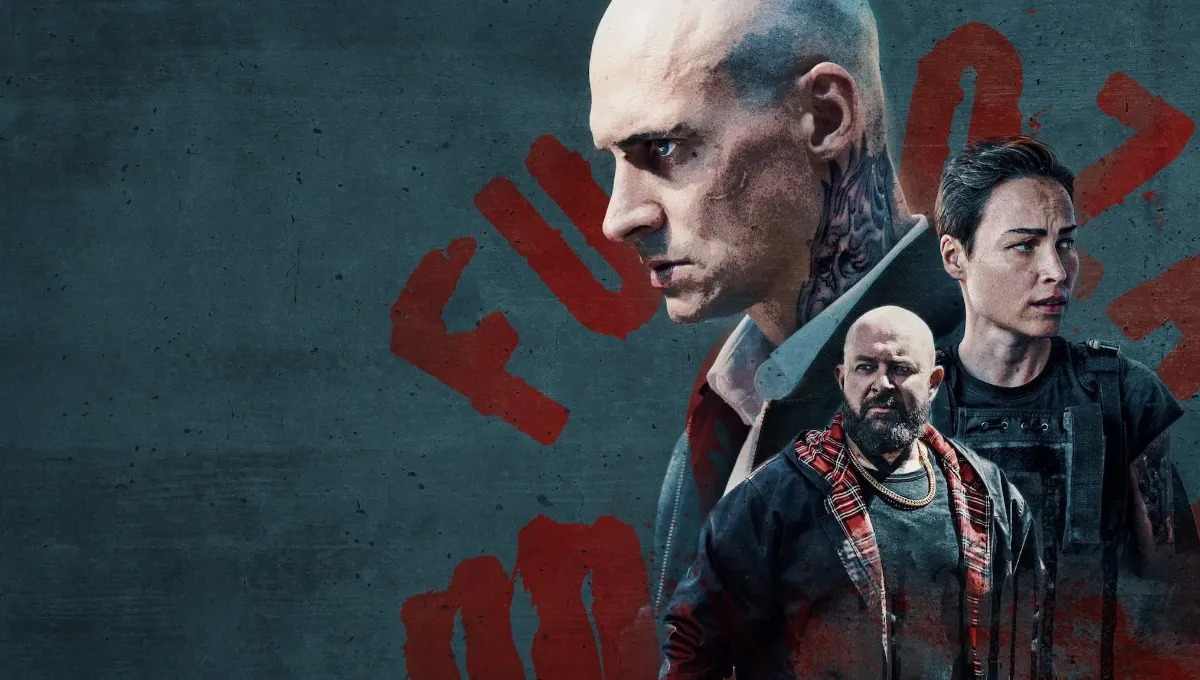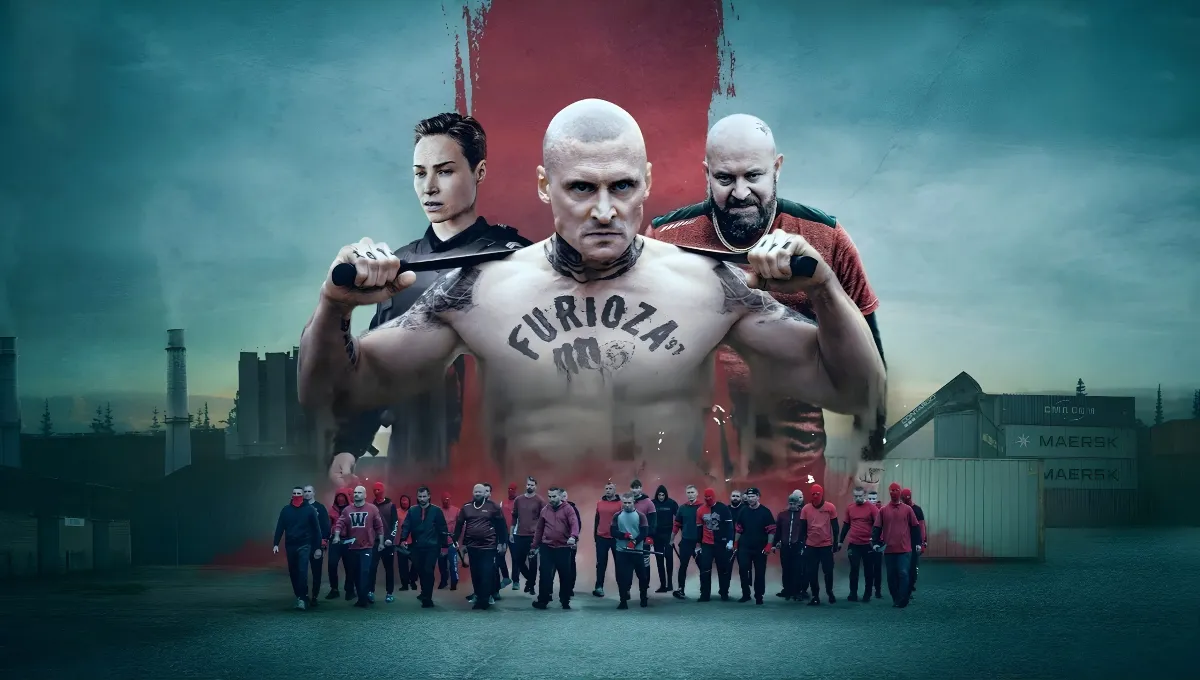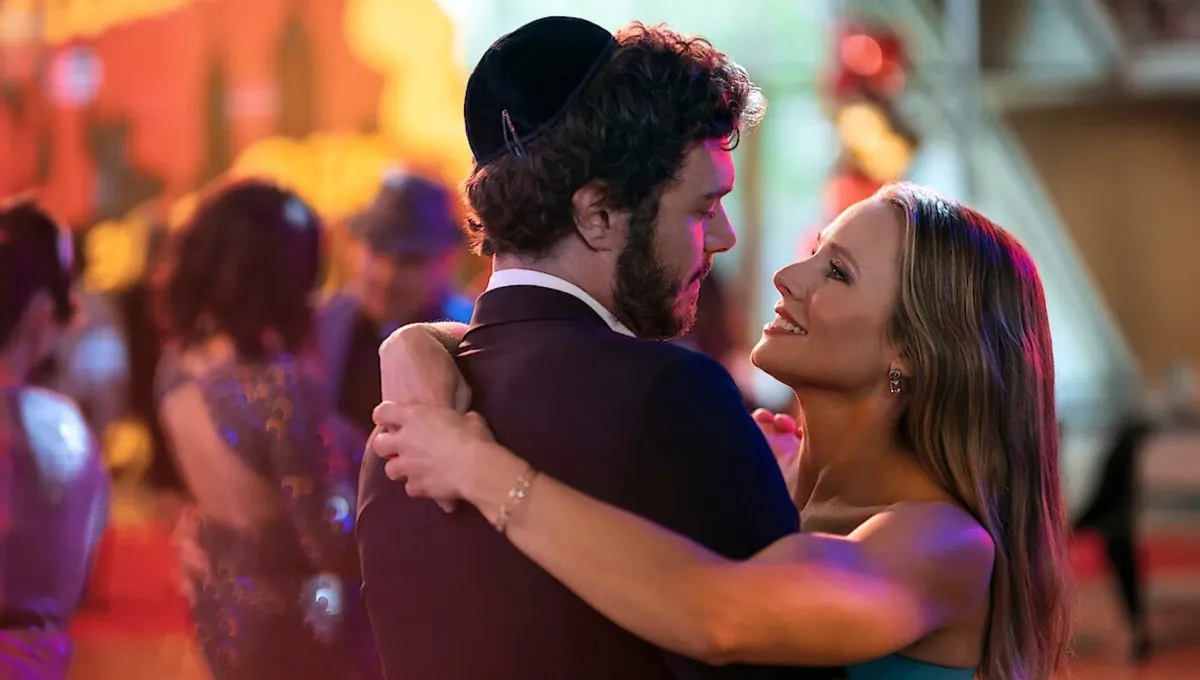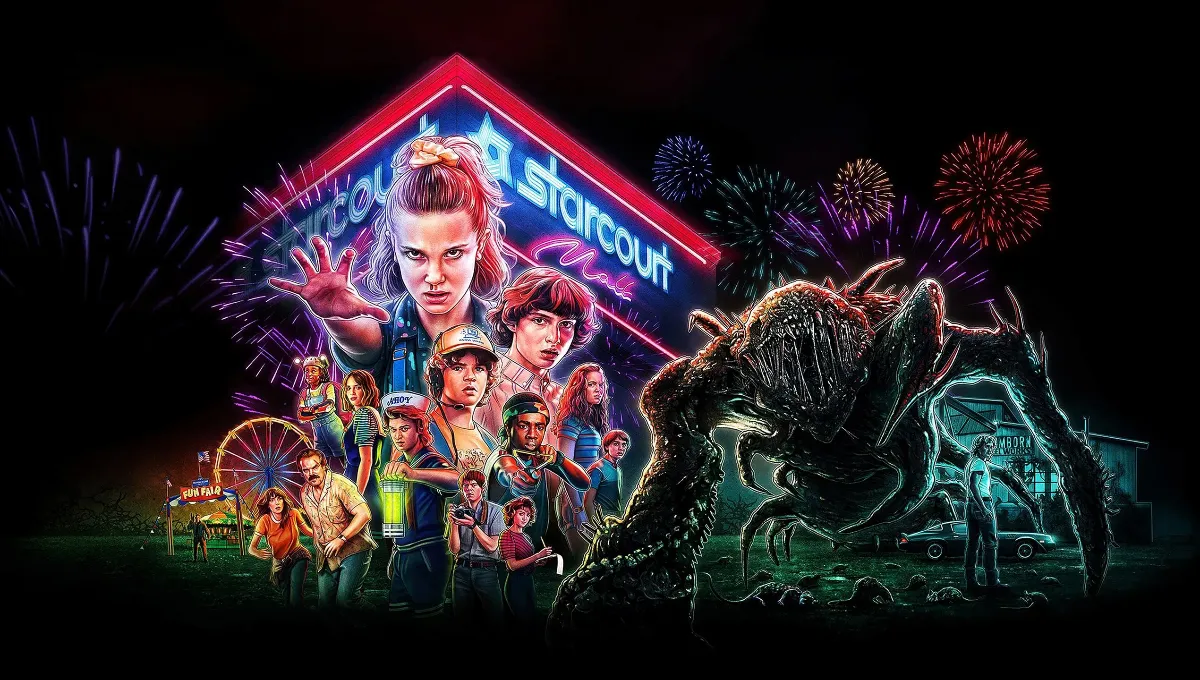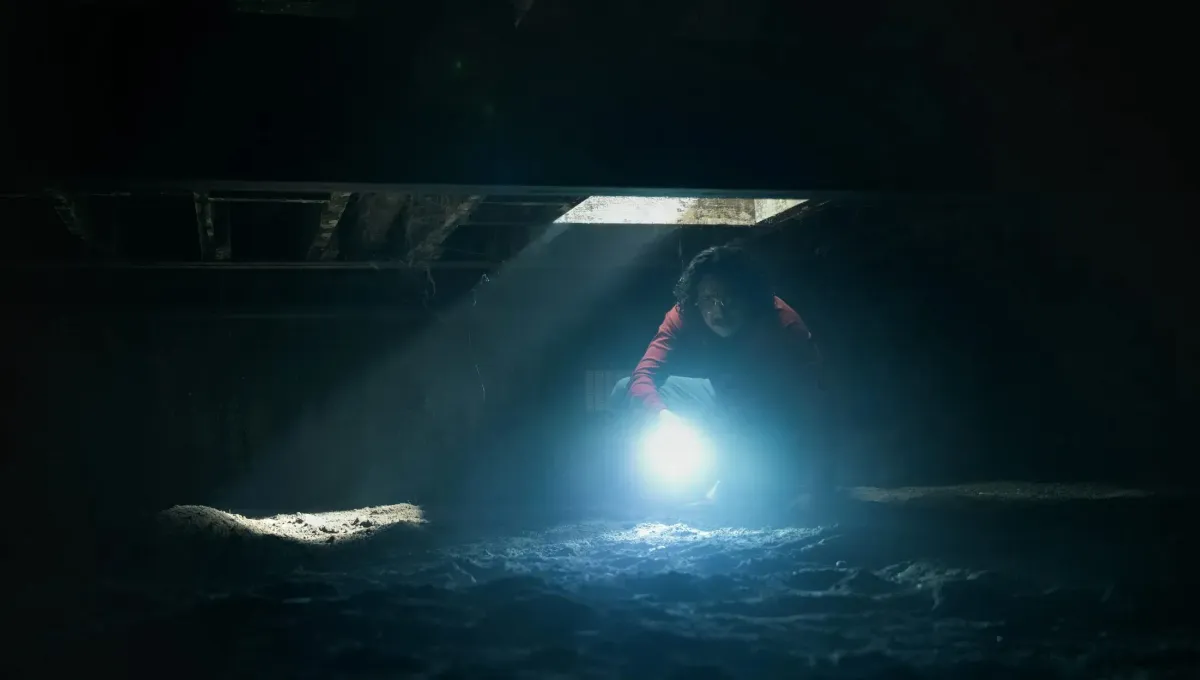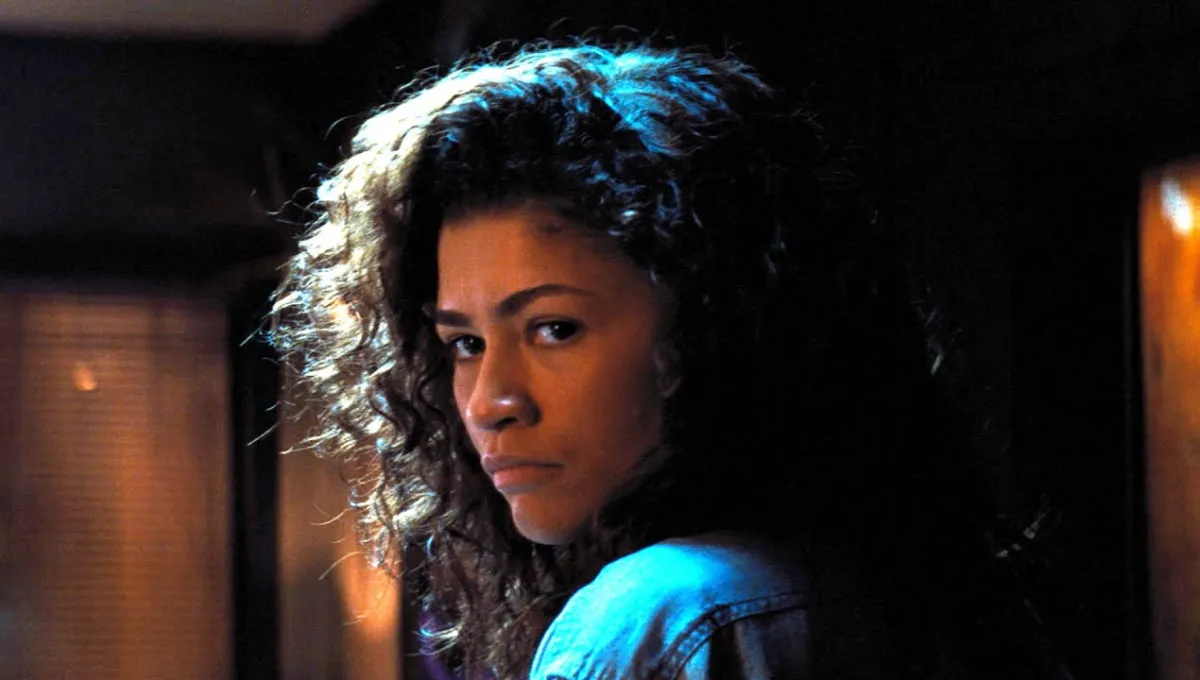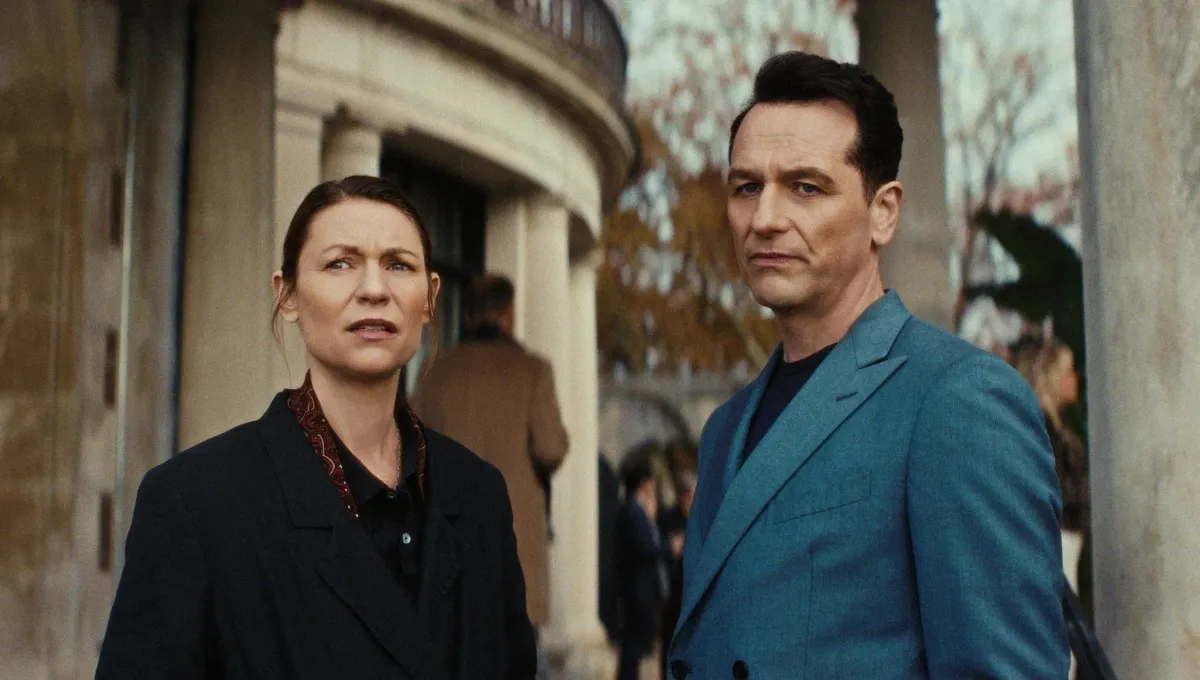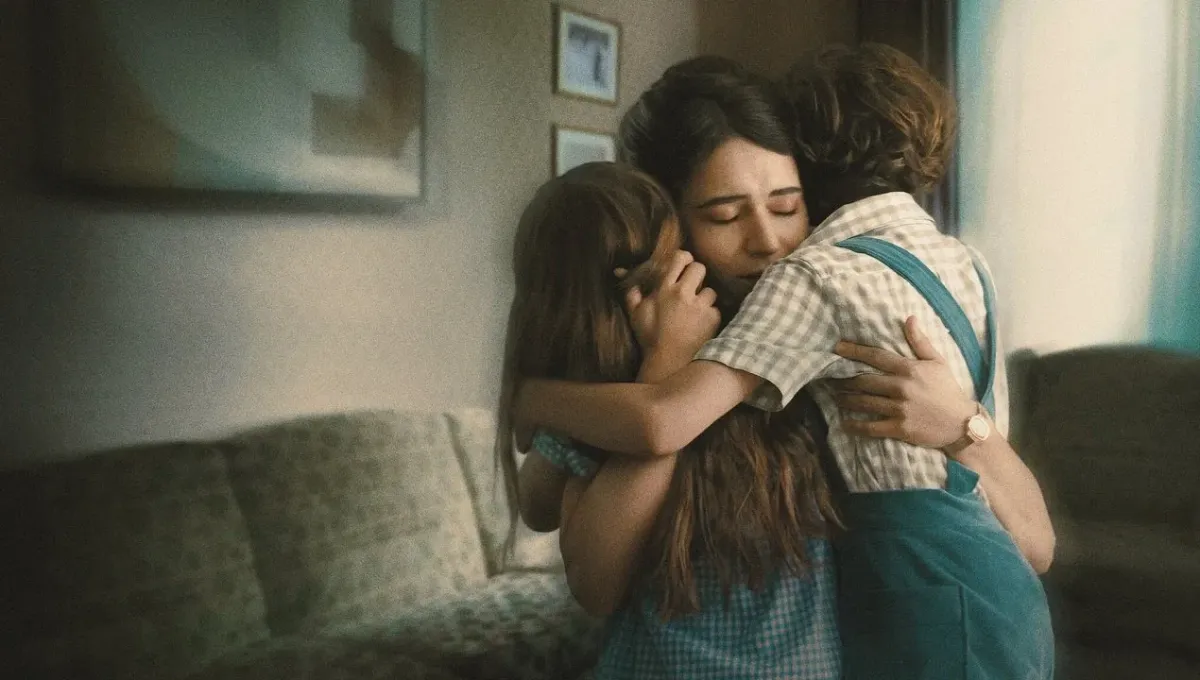When Furioza 2 closes, it doesn’t give us relief. It leaves us staring into the wreckage of loyalty, violence, and identity — the ruins of men who believed in codes that were already dead. The end of Inside Furioza is not about who wins the fight, but about what’s left when the fighting stops. It’s about power stripped of purpose and brotherhood stripped of meaning.
In this world, survival is temporary, and peace is an illusion. The final moments of the sequel confirm what the entire saga has been building toward: that redemption, in the Furioza universe, is only a story people tell themselves to make the pain bearable. The film’s last act turns the gangster myth inside out, forcing every character to face the cost of the life they chose — and the life they can never escape.
Golden’s downfall defines the tone of the ending. Once the soldier who followed orders, he becomes the king who can’t control his own kingdom. Power isolates him; guilt consumes him. The closer he gets to total control, the more he loses the very thing that made him human. Every alliance he forges unravels, every betrayal circles back. His empire is built on fear, and fear always finds a way to eat its master alive. By the time the screen fades to black, Golden’s crown feels less like triumph and more like a curse.
Dawid’s return is the emotional counterpoint — the man who keeps trying to do right in a world that punishes decency. He knows that leaving the criminal world doesn’t erase the blood already spilled. His presence in the ending feels like a quiet confession: no matter how far you run, the past runs faster. The tension between Golden and Dawid is no longer just about revenge or power; it’s about ideology. One believes strength is survival, the other believes conscience is. Their final confrontation isn’t a battle between enemies but between two halves of the same broken soul.
Dzika stands at the crossroads of chaos and clarity. Once caught between love, duty, and revenge, she now embodies the future — a survivor who learned the rules only to rewrite them. Her calm in the finale isn’t weakness but control. She becomes the symbol of evolution in a world that refuses to change, proving that intelligence can outlast brute force. When she walks away from the wreckage, it’s the quietest, most powerful moment of the film — a woman refusing to be a casualty of men’s wars.
Every character in Furioza 2 pays a price. Some with their lives, others with their sanity. Mrówka realizes that the old codes of loyalty and respect have turned into weapons. Bauer proves that manipulation is just another form of violence. Even the ghosts of the first film haunt this world, whispering that no one truly escapes the Furioza brotherhood — not even in death. The final frames feel less like closure and more like prophecy: there will always be another generation ready to destroy itself for the illusion of control.
What makes this ending so effective is its refusal to moralize. It doesn’t glorify crime or condemn it. It simply shows it — raw, cyclical, inevitable. The camera lingers not on explosions or victories but on silence, exhaustion, and the look in a man’s eyes when he realizes he’s become what he hated. It’s the exhaustion of endless conflict, the fatigue of violence repeating itself until it becomes routine. That quiet truth hits harder than any gunfight.
Director Cyprian T. Olencki captures the paradox of power through minimalism. The violence is clinical, not operatic. Every shot feels intimate, personal — not spectacle but confession. The ending sequence, with its steel-blue palette and suffocating stillness, mirrors the emotional numbness of its characters. The cinematography turns Poland’s industrial grayness into a psychological battlefield, where every shadow hides regret and every flicker of light feels like false hope.
Thematically, the film circles back to the questions that made Furioza unforgettable: What does loyalty mean when everyone’s betraying someone? How much of yourself can you sacrifice before there’s nothing left to save? The sequel doesn’t offer answers — it offers scars. It’s a mirror reflecting a society where violence isn’t rebellion anymore; it’s routine. And in that routine, the line between victim and villain dissolves.
There’s also a sense that Furioza 2 is setting up something larger — a universe that could expand beyond Polish borders. The final montage, with its quiet tension and unresolved arcs, hints at unfinished business: Golden’s empire splintering, Dawid’s guilt festering, Dzika’s influence spreading. Each thread suggests the possibility of Furioza 3, not as repetition but escalation. The world is too damaged to stop here. The silence at the end feels like the breath before another storm.
But beyond franchise speculation, the ending’s true brilliance lies in its honesty. It admits that some cycles never break. The Furioza world doesn’t evolve toward peace; it mutates toward survival. The gangs become corporations, the soldiers become ghosts, and the war simply changes names. In a landscape obsessed with redemption arcs and happy resolutions, Furioza 2 stands out because it dares to say that not every story deserves forgiveness. Some just need to end.
The film closes with a quiet shot — a man staring at his reflection, unsure who’s looking back. It’s the perfect metaphor for the entire saga. The reflection isn’t just Golden’s; it’s ours. It’s the human need to control chaos, the urge to dominate even when it destroys us. In that silence, Furioza 2 finds its truth: the most dangerous wars are the ones fought inside.
That’s why Inside Furioza endures. It’s not a crime story — it’s a confession. Beneath the blood and steel, it’s about how men lose themselves chasing power, how love turns to loyalty and loyalty turns to rot. The ending doesn’t promise salvation; it promises memory. And sometimes, that’s the cruelest kind of survival.

Grace Whitmore is a beauty and lifestyle editor at Nestification, exploring the intersection of modern femininity, quiet luxury, and emotional design. Her work focuses on how aesthetics, mindfulness, and self-expression shape today’s idea of calm confidence — where beauty becomes a state of mind.
Based in New York · [email protected]

